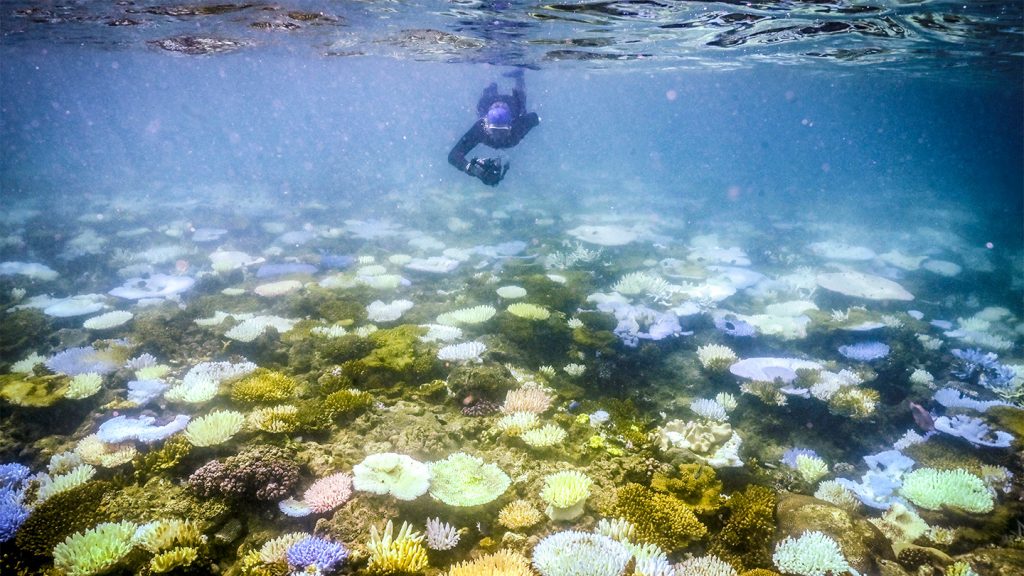The Earth’s largest ecosystem, the oceans, are experiencing record-breaking temperatures for the past year, with sea surface temperatures continuously surpassing previous records. This trend is driven by the natural climate phenomenon El Niño, causing warm surface waters to spread across the tropical Pacific Ocean. However, the increasing heat stored within the top 2 kilometers of the sea has been accelerating for decades, even surpassing the impacts of El Niño.
These soaring sea temperatures are primarily attributed to human-caused climate change, with the oceans absorbing over 90 percent of the excess heat trapped in the atmosphere by greenhouse gases since 1971. The consequences of this heat accumulation are far-reaching, affecting various aspects of the ecosystem, including extreme weather events like hyperactive hurricane seasons.
The Atlantic Ocean’s abnormally high temperatures are fueling an extremely active hurricane season, with forecasts predicting a significantly higher number of named storms, including major hurricanes. Additionally, the emergence of La Niña, a climate phenomenon that weakens wind shear over the Atlantic, further contributes to the expected hurricane activity.
The warming oceans are also proving detrimental to coral reefs, resulting in widespread coral bleaching events globally. The unprecedented scale of coral bleaching in recent years indicates a severe threat to marine biodiversity and ecosystem stability. Furthermore, Antarctic sea ice has reached record lows, attributed to ocean warming and changes in atmospheric circulation patterns.
While the Arctic sea ice has been steadily declining, the Antarctic sea ice has experienced substantial declines in recent years. The heating of the Southern Ocean has been a significant factor in driving these record lows in Antarctic sea ice extent. As scientists continue to monitor these changes, uncertainties remain regarding when sea surface temperatures will stop breaking records and whether Antarctic sea ice decline will stabilize.
Despite the potential impact of La Niña in cooling sea surface temperatures, the persistence of record-breaking temperatures during the last La Niña period highlights the challenges of controlling ocean heating. Overall, the ongoing trends in sea surface temperatures underscore the profound impacts of climate change on the Earth’s oceans and the urgent need for mitigation and adaptation strategies.















